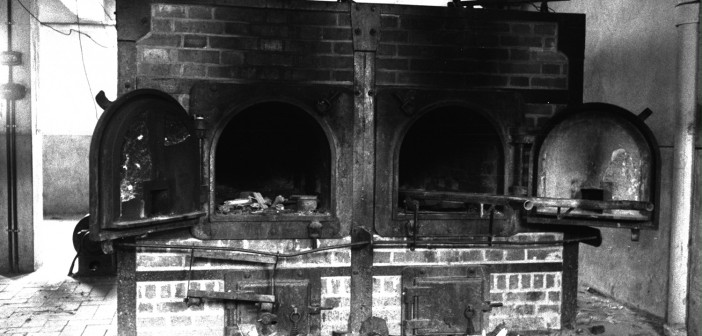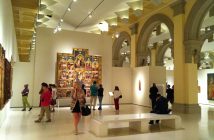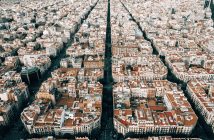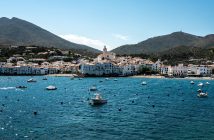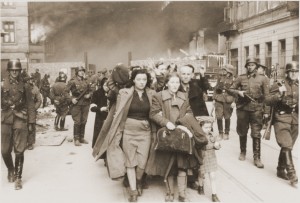 The seventieth Anniversary of the end of the Second World War and the liberation of the Nazi concentration camps is commemorated by the Catalan History Museum with two exhibitions. Seventy years after the end of the Second World War and the liberation of the Nazi concentration camps, it’s a necessity and a moral obligation to remember these tragic hours of European and world history.
The seventieth Anniversary of the end of the Second World War and the liberation of the Nazi concentration camps is commemorated by the Catalan History Museum with two exhibitions. Seventy years after the end of the Second World War and the liberation of the Nazi concentration camps, it’s a necessity and a moral obligation to remember these tragic hours of European and world history.
For this reason, the Catalan History Museum, as a museum that’s open to the world, decided to participate in this international commemoration and to make this the central theme of their exhibitions for 2015.
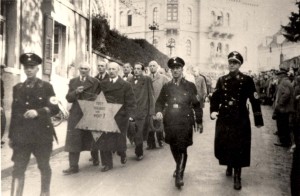
Beyond Mauthausen. Francesc Boix, photographer
The Catalan photographer Francesc Boix was held at the Mauthausen camp. His photographs of the Nazi deportations stand as witnesses to these crimes, and some of his images were used as evidence at the Nuremberg and Dachau trials.This exhibition is the first restrospective of the author, and it presents unedited images from his youth. These images come from the Commission for Dignity and from the period after the liberation from the archives of the Associació Amical of Mauthausen.
This exhibition can be visited from the 18th June – 18th October. By evoking these deplorable and painful events the exhibition also invites us to reflect on the level of cruelty that human beings are capable of, and is a reminder of the tragic aspects of war conflicts. Unfortunately, genocides still continue to be part of our contemporary world.
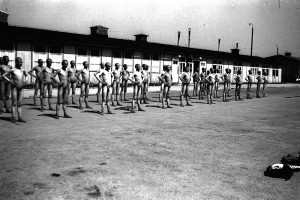 Fleeing the Holocaust. Catalonia and the Jewish refugees of the Second World War
Fleeing the Holocaust. Catalonia and the Jewish refugees of the Second World War
The exhibition recovers the unknown history of thousands of Jewish people who escaped the Nazi atrocities by crossing the Pyrenees. Some managed to get away, whilst others lost their lives.
Six of the nine million Jews who lived in Europe died as a consequence of the Nazi persecution, which was the largest genocide in human history. The exhibition remembers this recent past through the stories of a dozen Jewish families. Thousands of families managed to escape, such as the families of Paquita Sitzer and Víctor Papa, whilst others, like the Heilbruner-Lavi couple died at Auschwitz. All of these situations were full of fear and angst, as fleeing from persecution brought them towards an unknown future with often deplorable conditions. Their testimonials allow us to retrace some of the defining stages of persecution and flight, such as customs, escape routes, expulsions, prisons and concentration camps.
Visitors can get closer to the history and testimonial records of the time with projections of a selection of personal interviews with refugees, which were recorded between 2005 and 2014 by Mireia Boya and Josep Calvet, curators of the exhibition, and also experts on the escape routes used by the Jews in Spain during the Second World War.
This exhibition runs from 2nd July – 18th October at the Catalan History Museum, and then from the 29th October until 15th January 2016 at the Jewish History Museum in Girona.
Catalan History Museum
Pl. de Pau Vila, 3 (Palau de Mar)
Open from Tuesday to Saturday from 10:00-19:00. Wednesdays from 10:00-22:00.
Sundays and public holidays from 10:00-14:30. Mondays closed (except public holidays).
www.mhcat.cat

